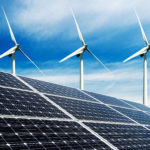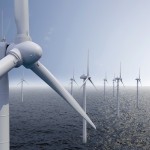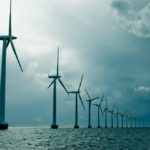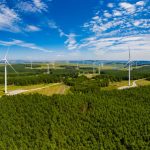Sector - Energy, Fuel & Utilities
Green energy is the future
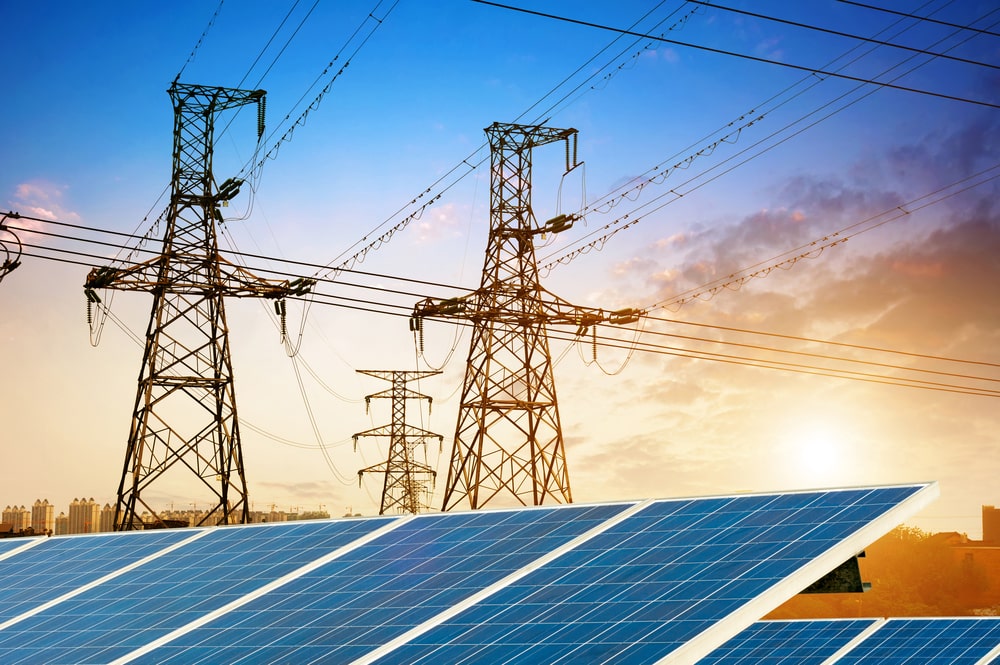
We would all love to be green with our energy and many other things, but when it’s so easy to switch on a light, or an oven, or the TV, what have we got to worry about other than the bill going up at twice the rate of inflation every year?
For most developed countries, electricity is simply too easy and up until recently, too cheap.
It’s taken government subsidies to make schemes such as the ‘feed in’ tariff, which allows viability to invest in the easiest renewable energy source: solar.
However, the tariff doesn’t pay to feed your unused solar electricity, it works as an estimate. It makes NO difference to your ‘FIT’ payment if you feed in or burn all your solar power off, with an electric heater to your garden.
In March next year, it will be gone, so no more silly subsidies for the wealthy to invest in.
We’re still paying our tax to heat open spaces, nothing on the RHI scheme, which you may have heard of due to the scandal in Northern Ireland.
Yet the future of renewable energy is more than rosy.
Gone soon will be the companies selling solar panels like the old times of double glazing, with a business model based on the cash back we’re all paying for in tax, to install technically restricted systems due to legislation.
We’re approaching the golden age of ‘grid parity’ for solar and a huge reduction in wind generation production costs.
Solar energy production is in line with the price of what the National Grid (a privately-owned infrastructure since 1990) can supply consumers, using its existing and ageing sources such as coal, imported gas and nuclear. With subsidised wind and solar chucked in over the last decade.
It’s questionable whether the creaking National Grid can cope with the extra capacity we’ll need to power the electric cars, we’re all supposed to be driving soon.
Will the National Grid cope with the gap between the hugely successful British designed and built AGR nuclear power stations being de commissioned, and the world’s most expensive, foreign owned, untested Nuclear power station at Hinkley?
Possibly not.
It is argued that wind and solar can produce a kilowatt of electricity at nearly 40 % less than that of Hinkley. In the UK, right now.
The argument still rages, that renewables are not ‘reliable’.
Yet, we know when it’s going to be dark and we’ve a good idea of when the sun will shine the wind will blow…. We get told this every day on the news.
What if you made your own electricity, and took responsibility for what you had available and what you used?
I live off the grid. My electricity comes from wind and solar. I store it in old school lead batteries.
When they are done in ten+ years, 80% of them will be recycled, and I’ll get approximately 30% of my money back.
When the wind doesn’t blow, and the sun doesn’t shine, my system might start a quiet gas generator for a few hours in winter, but it hasn’t done so for about seven months.
I have a nice house in a rural area, a big TV and all ordinary things I live off grid, because it was a fortune to connect to the grid.
This technology is developing to be able to create truly decentralised grids, where the community is in control.
Build energy efficient houses, point them at the sun, store your power in batteries, because they are really good NOW, and there you go!
Fixed priced electricity for ten to 20 years.
The future is bright, it’s in your hands, and it really doesn’t cost the earth.
Xerogrid is a forward-thinking challenger start-up company in the renewable energy sector, started by Ian Emberton from Leeds, Yorkshire.
Related Articles
More Energy, Fuel & Utilities News
- East Anglia THREE offshore converter station jacket beds down in North Sea
2 Sep 25
ScottishPower Renewables’ first offshore high-voltage direct current (HVDC) converter station has been successfully installed in
- Nuclear fusion boost as government sets to unblock planning rules
4 Aug 25
The new rules will provide clarity to developers and streamline the planning process for fusion.
- Major boost for mine water heat revolution
29 Jul 25
New study shows 87% of coalfield boreholes succeed.
